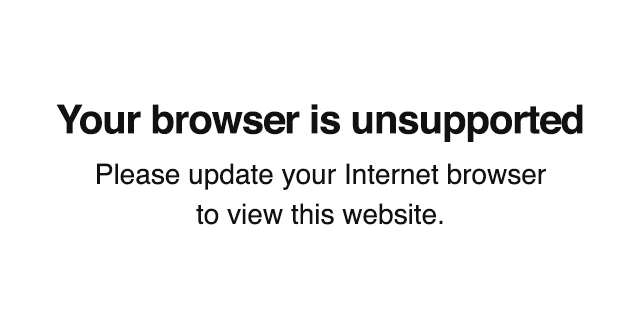Hi-Viz 2020 Short Work Commission
New Short Work Commission
We are delighted to announce the recipient of the inaugural Hi-Viz Short Work Commission. Musician and performance artist Sui Zhen will be working in collaboration with video artist Carla Zimbler and performance artist Megan Payne.
Thank you to all applicants and congrats Sui Zhen!
Keep an eye out for our 2021 Hi-Viz call out.
What is ‘liveness’ in cross-artform work? How do live and digital sensibilities interact? Who is in the real / virtual room and what are they experiencing?
COVID-19 has thrown up sharp and challenging questions for live performance; what it means, where it lives, how it functions, why it matters.
Some artists have been exploring these questions in their practice for years; others are coming new to the process in the wake of the particular pressures of this pandemic and its impacts.
Chamber Made has long had a fascination with intersections: where artforms meet each other, with live and non-live, with working across physical and digital spaces.
Out of all of these junctures emerges a new Chamber Made short work commission as part of our Hi-Viz Practice Exchange 2020 and we are inviting artists to respond via an open call-out.
There is a $4,000 fee available for this commission.
The Work
- will emerge from intersections of performance, sound and music
- will be an interplay between live and non-live exploring notions that may include liveness, virtuality, digital, presence, absence, togetherness, separateness.
- will be a short work of no less than 10 and no longer than 30 minutes duration
- will be presented as part of our Hi-Viz Practice Exchange (22-23 October 2020)*.
Note: The work will not be presented within a full production context but as a featured showing of work within this practice exchange event. You can read more about Hi-Viz here.
The Artist(s)
This call-out is open to all women and non-binary artists working at the intersections of performance, sound and music.
Applications will be accepted from individuals, duos or small groups (collaborators can be any gender as long as the lead artist(s) are women or non-binary).
We encourage and welcome applications from artists of all backgrounds including First Nations artists and artists with disabilities. Please let us know about any access requirements. There is a space on the application form to do so.
The flat commissioning fee of $4,000 can be divided in any way the artist(s) choose.
This opportunity is open to Victorian artists only.
The Process
The call-out closes on Friday 3 July 2020 at 11:59pm (AEST).
Artists will be notified of the outcome by Friday 24 July 2020.
The successful artist(s) will create the work between August and October, with the expectation that it be completed by early October.
For any queries please email info ( at ) chambermade.org
* Our plan is for Hi-Viz Practice Exchange 2020 to be held at The SUBSTATION as a live event with digital and online components. We will adhere to social distancing restrictions and guidelines. In the event of increased restrictions at the time of the event, we would shift the entire event to an online platform.
Frequently Asked Questions
Will the work be performed by Chamber Made?
The commissioned work is intended to be created and performed by the applicant(s), and may be presented as a solo or small group piece. This may involve some form of collaboration. It is not a Chamber Made work, but our support is to be acknowledged in any future iteration or publication.
What are the funds for?
The $4000 fee is intended to cover time and costs associated with the realisation of the applicant’s proposal, including the work’s showing at Hi-Viz. Limited production and technical support will be available for the performance.
How should the work be delivered? Online, in-person, or both?
The commissioned work needs to have some flexibility to allow it to be presented in real life, in a virtual/digital setting, or a combination of both. We’re interest in how applicants choose to explore this intersection, and what that might mean for the presentation format.
